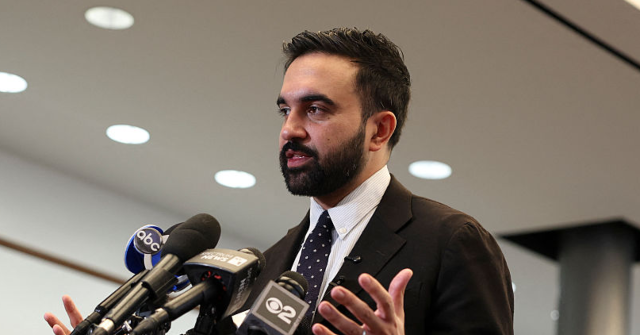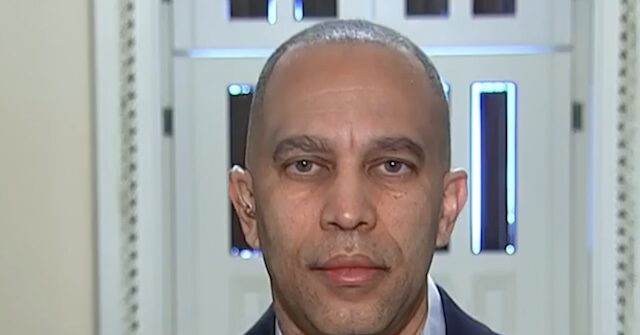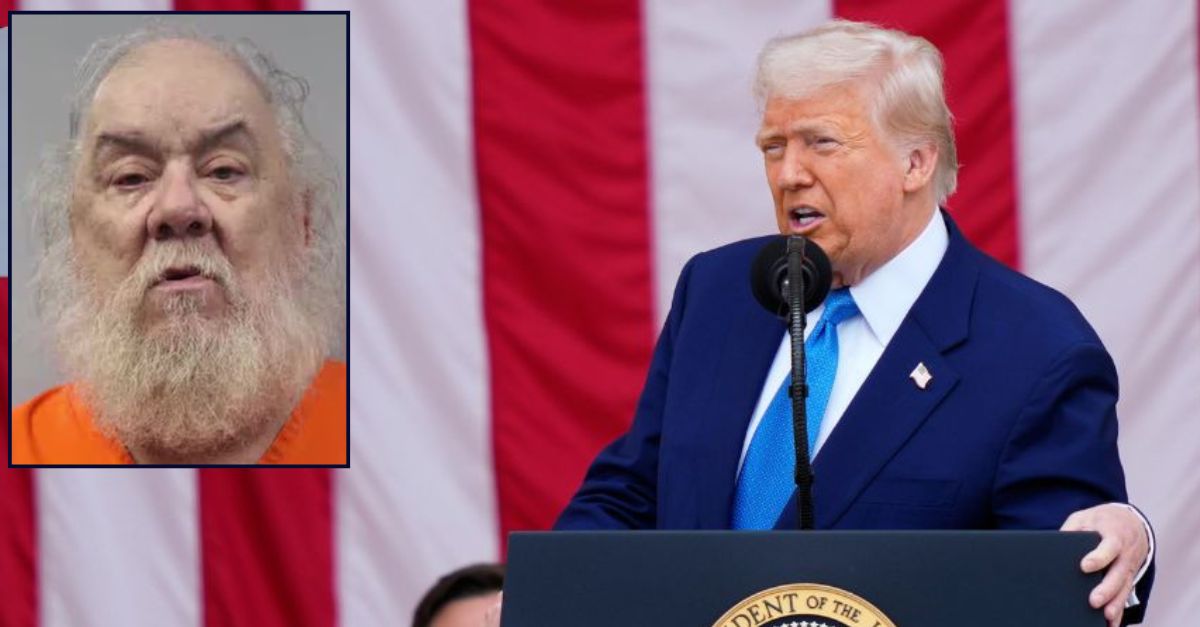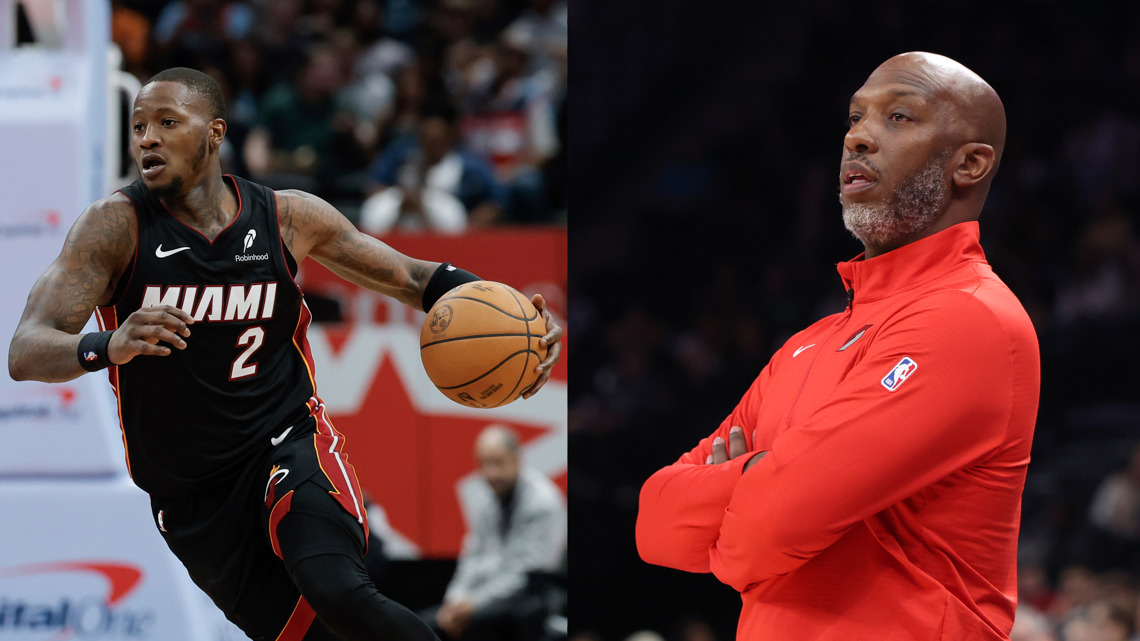 More companies are naming chief A.I. officers as A.I. becomes central to strategy, reshaping corporate power and leadership structures. Unsplash
More companies are naming chief A.I. officers as A.I. becomes central to strategy, reshaping corporate power and leadership structures. UnsplashWhen A.I. moved from academia to corporate America, it didn’t just change how companies operate—it reshaped what leadership looks like. A title that barely existed a few years ago is now spreading fast: the chief A.I. officer (CAIO). The role signals how deeply A.I. has become embedded in corporate strategy and identity.
According to IBM’s 2025 survey, 26 percent of global enterprises now have a chief A.I. officer, up from 11 percent two years ago. More than half (57 percent) were promoted internally, and two-thirds of executives predict that nearly every major company will have one within the next two years.
The title first appeared in the early 2010s, as deep learning began to take off, but it truly gained momentum after 2023 with the rise of generative A.I. The U.S. government cemented its importance in 2024 through Executive Order 14110, which required every federal agency to appoint a CAIO to oversee A.I. governance and accountability.
The private sector quickly followed suit. A.I. strategists began moving into the C-suite, marking a new kind of leadership role for the algorithmic age.
“A.I. was often a specialist function living under the CTO. Organizations realized A.I. was too strategic to be managed as a side project,” Baris Gultekin, software giant Snowflake’s vice president of A.I., told Observer. “In addition to CAIOs, we often hear that Snowflake customers now also have large internal A.I. councils made up of individuals across departments to strategically and effectively facilitate enterprise-wide A.I. adoption.” Gultekin reports through Snowflake’s product leadership to the CEO.
Some of the most influential chief A.I. officers are already reshaping Big Tech. At Meta, Alexandr Wang, former Scale AI CEO, took on the role in mid-2025, co-leading Meta Superintelligence Labs alongside Nat Friedman, former GitHub CEO. Microsoft’s Mustafa Suleyman, DeepMind co-founder and former Inflection AI CEO, now heads Microsoft AI, overseeing the company’s long-term infrastructure push. At Apple, veteran A.I. leader John Giannandrea, continues to guide the company’s A.I. direction, reporting directly to CEO Tim Cook.
Companies beyond tech are also joining the trend. Lululemon appointed Ranju Das as its first chief A.I. and technology officer in September to boost personalization and innovation. Consulting giant PwC recently appointed Dan Priest, former VP and CIO at Toyota Financial Services, as its first CAIO for the U.S. market. Even universities, such as UCLA and the University of Utah, have added CAIOs to coordinate campuswide A.I. strategy.
From CIO to CDO to CAIO
In the 1980s, chief information officers (CIOs) led the IT revolution; in the 2010s, chief data officers (CDOs) rose with big data; now, CAIOs embody the institutionalization of A.I.
“CAIOs are responsible for exploring what parts of the business can be safely delegated to A.I. agents, how teams can properly govern A.I. decisions, the types of infrastructure needed to serve context-rich data to A.I. systems, and much more,” Sean Falconer, head of A.I. at data streaming platform Confluent, told Observer. “CDOs ensure the data is clean, while CIOs ensure it’s accessible. CAIOs ensure data becomes actionable and capable of reasoning, predicting and taking autonomous steps on behalf of the business.”
In industries like banking, health care and retail, CAIOs often act as translators, turning complex A.I. potential into practical results. “They navigate complex legacy processes and cultural resistance, making upskilling and securing organizational willingness to change as critical as building the models themselves,” Snowflake’s Gultekin said.
The rise of the chief A.I. officer also parallels the growing influence of data engineers. A study by Snowflake and MIT Technology Review Insights found that 72 percent of global executives now view data engineers as essential to business success. More than half said data engineers play a major role in shaping A.I. deployment and determining which use cases are feasible.
“Businesses will always require a CIO, which has also evolved over the years into providing strategic guidance to the business rather than just simply an IT function. Where we see overlap (with CAIOs) are areas that are critical to a company, like governance, tech enablement and strategic alignment,” Bhaskar Roy, chief of A.I. & product solutions at business automation platform Workato, told Observer. “The mandate for CAIOs is clear: continuously push the boundaries of what’s possible with A.I., and ensure the organization remains at the forefront of technological change, all while listening to customers’ needs and concerns.”
























 English (US) ·
English (US) ·  French (CA) ·
French (CA) ·  French (FR) ·
French (FR) ·